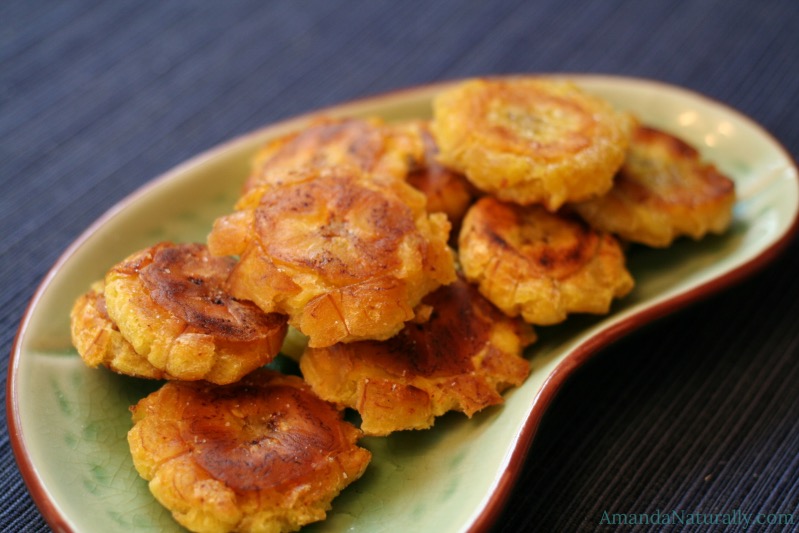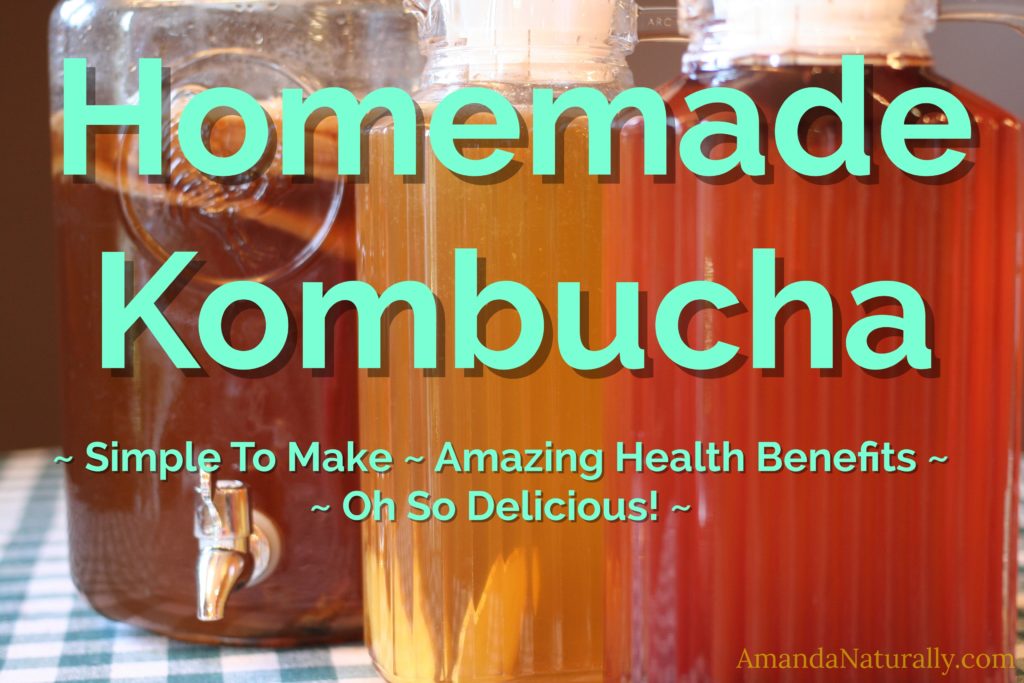
It’s pretty hard to look at any health-related article these days, without seeing the microbiome mentioned at least once! And for good reason. The microbiome (or flora) is the sum total of all the critters that live in your gut (and skin, vaginal tract etc.). By critters I mean bacteria, viruses, yeast, fungi, parasites. There are about 100 trillion microorganism cells in/on our body – which is about 10 times the amount of human cells we have. So what that means is we are more bacteria than we are human!
So far we know that the make up of your gut flora is absolutely critical to determining your health. We also seem to understand that what we know is only the tip of the iceberg. Some of the functions we know they are responsible for are:
- create food for your intestinal cells
- prime your immune system and support lymph tissue surrounding the intestinal tract (known as the GALT)
- digest your food
- release vitamins that are bound up in fibres
- maintain the integrity of your intestinal tract
- synthesize vitamins (like vitamin K and some B vitamins)
- suppress pathogenic and opportunistic microbial growth
- regulate metabolism
- compose about 75% of our immune system
Dysregulated Microbiome (a.k.a. Dysbiosis)
When the opportunistic or pathogenic microbes overgrow and take over the good guys, you get a state of dysbiosis. Dysbiosis, or an imbalance in gut flora, has been associated with:
- autism spectrum disorder
- depression
- autoimmune conditions
- obesity
- type 1 diabetes
- inflammatory bowel disease
- and many more diseases (pretty much any area of health which we don’t understand, and actually lots of those that we do, have cutting edge research being done on how the gut flora impact/contribute to that disease)
This imbalance is caused by 3 things:
- consuming foods that promote overgrowth (sugar, refined carbs, vegetable oils, too much fat, gluten, whole grains, legumes) or foods that you are sensitive to
- not consuming enough vegetables (both non-starchy and starchy), the food for beneficial flora
- not consuming beneficial bacteria regularly as part of your diet
Why Fermented Foods?
Fermented foods are the original probiotic. In an effort to preserve vegetables and have them last through the winter, humans started to ferment them. With the advent of refrigeration, we stopped needing to ferment veggies to preserve them. Unfortunately we didn’t realize how much we actually needed the byproduct of fermentation – probiotics.
Food > Supplement
So why consume fermented foods if you can take a probiotic? Well, the top of the line, highest quality probiotic supplements usually contain between 4-10 strains of bacteria. Homemade sauerkraut can contain between 50 and 500 different strains. And what’s most important for creating a healthy gut microbiome, is variety and frequency.
So choosing a variety of different types of foods – fermented vegetables like sauerkraut, homemade yogurt (either grassfed dairy or coconut) and kombucha – on a daily basis is a fabulous way to constantly be reinoculating your gut with a wide variety of beneficial critters.

Kombucha
Kombucha is one of my favourite fermented foods – mostly because it tastes way more like a treat, than a ferment like sauerkraut. Full disclosure, it’s not nearly as rich in numbers or variety of bacteria, but it does have one good thing going for it. It’s filled with beneficial yeast, who do an awesome job at keeping opportunistic yeast (like Candida) from overgrowing. So while I love the ‘booch, I don’t recommend relying on it as your main source of probiotics.
NOTE: during my first trimester my sour taste buds were like on steroids. Salad dressings, grapefruit, even romaine lettuce were painfully sour. So you can imagine what fermented veggies were like. The only fermented food I could tolerate was kombucha!
Making Your Own Kombucha
As much as I love kombucha, it can get real expensive. A bottle of GT’s (a popular brand) ranges from $3.70-$4.99 – which adds up quick! So when I started consuming ‘booch regularly (instead of just as a treat), I knew I had to make my own otherwise I’d drink us out of house and home! It took me a while to get a routine going, and there are lot of variations out there, but this is how I do it and I’ve been very successful for months now!
Ingredients
- 1L purified water (divided into 2x 2 cups)
- 1 organic tea bag, plain black
- ¼ cup organic sugar cane
- ¼ cup kombucha from a previous batch
- 1 small SCOBY (symbiotic culture of bacteria and yeast – this little mushroom like thing that floats around in your liquid, eats up the sugar and infuses your beverage with gut-healing magic. Note – the SCOBY seen in the pictures below is HUGE because I’ve been using it with high volume continue kombucha brewing for about a year now. Most are just a few inches in diameter.)
Directions – Part 1
- Boil 2 cups of the water in a small pot.

- Once boiled, stir in the sugar until fully dissolved.
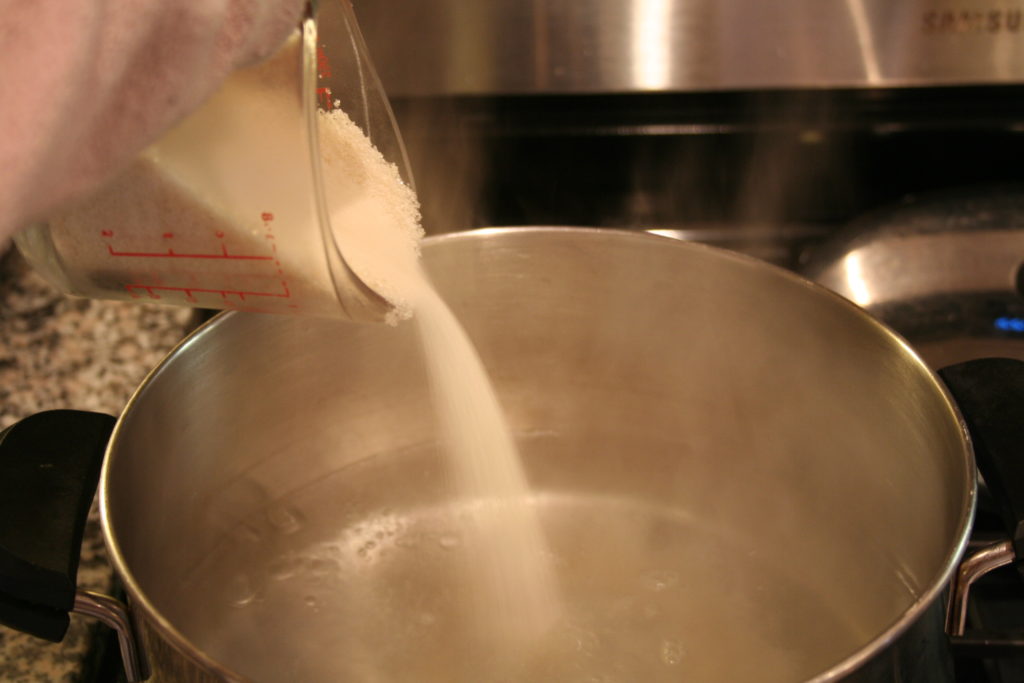
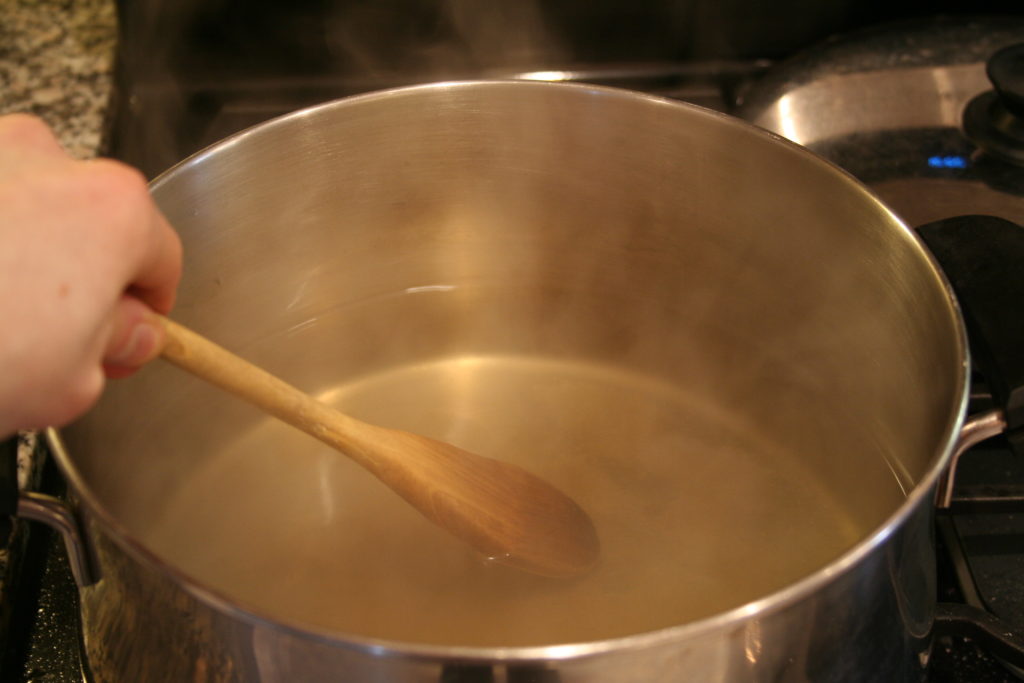
- Add the tea bag. You’re now making sweet tea! (note, I’m making a quadruple batch here)
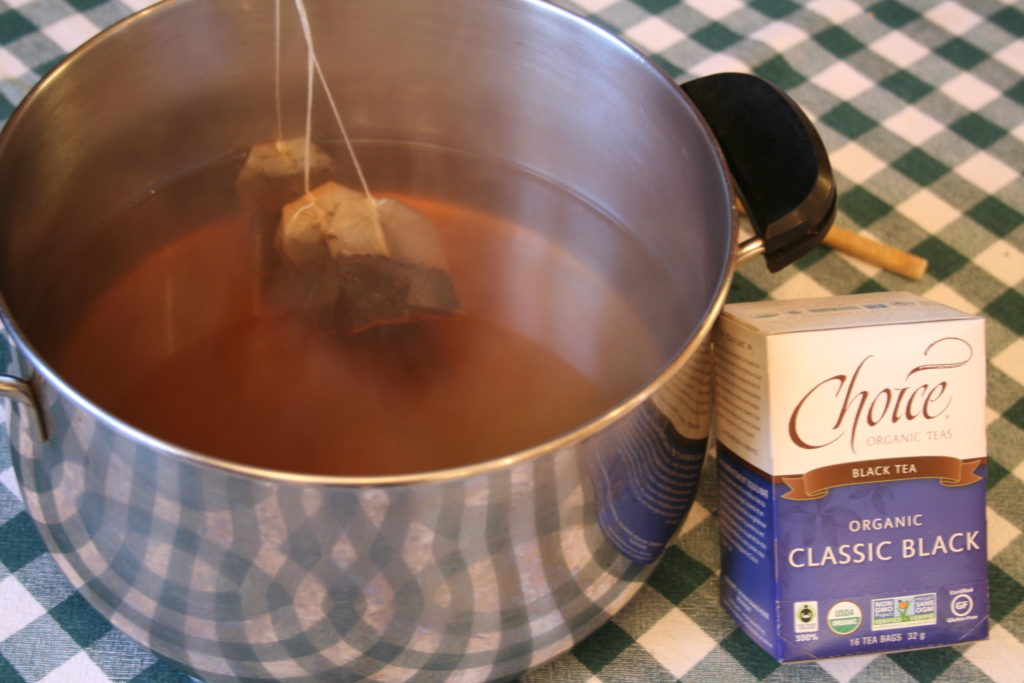
- Add remaining 2 cups of water (to help speed up the cooling down process).

- Cover the pot with a lid and let cool to room temperature. You can put it in the fridge for a few hours to help speed up the process, but don’t let it get too cold.
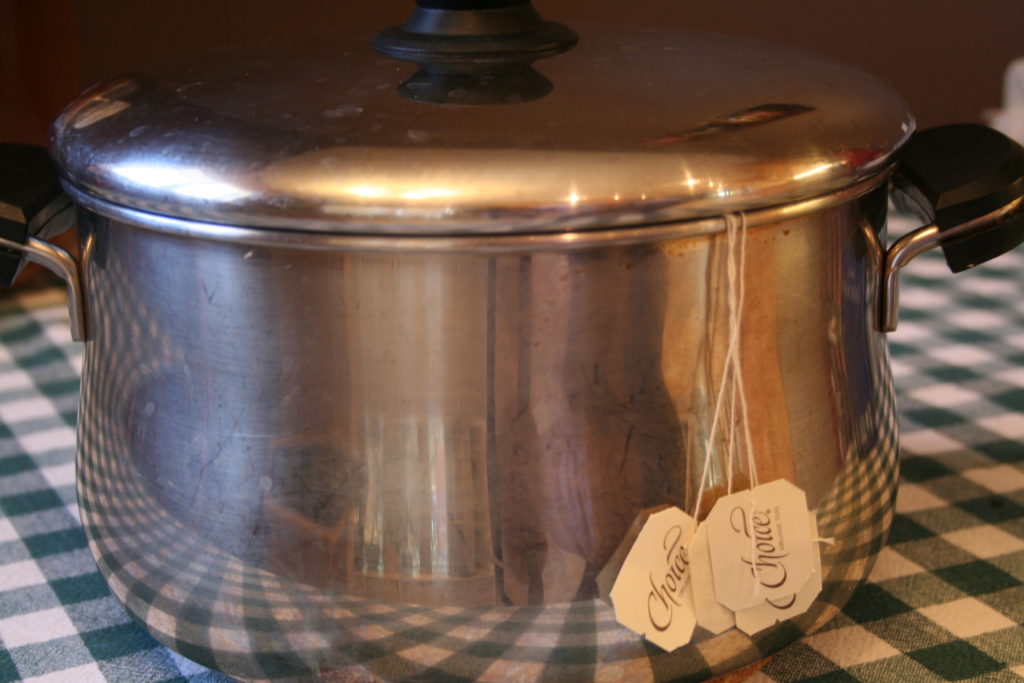
- Once it’s at room temperature, pour the sweet tea into a clean jar, add the SCOBY and kombucha from a previous batch.
- Cover with a coffee filter or dish towel and let sit in a cool, dark place for 2 weeks.
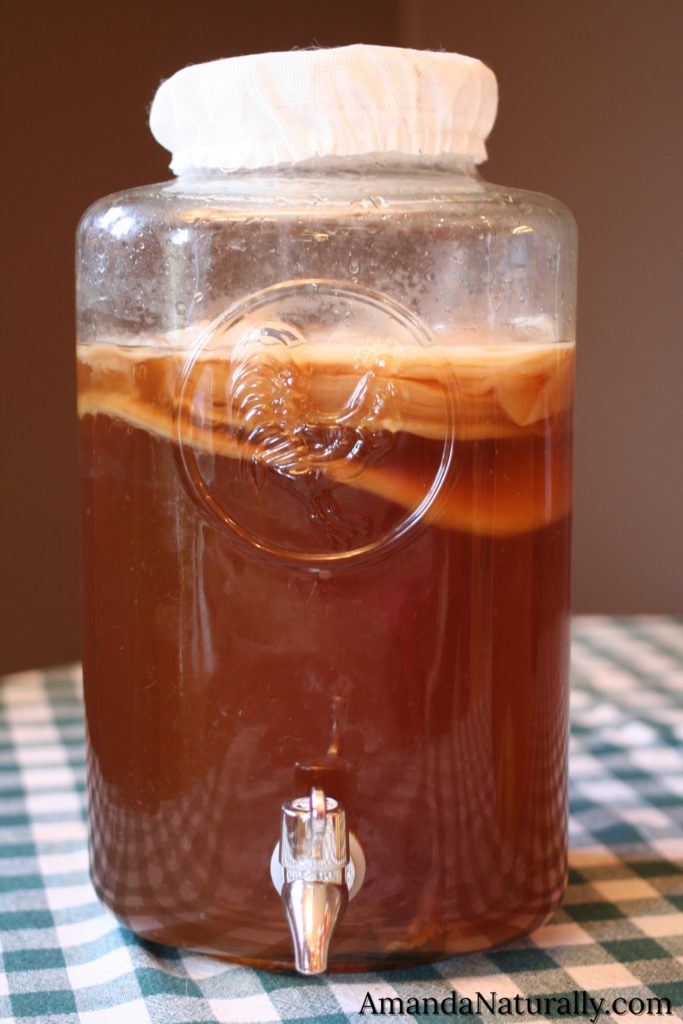
Part 2
- Once the 2 weeks are up, pour off almost all of the kombucha into a separate jar or juice jug, retaining enough to make another batch.
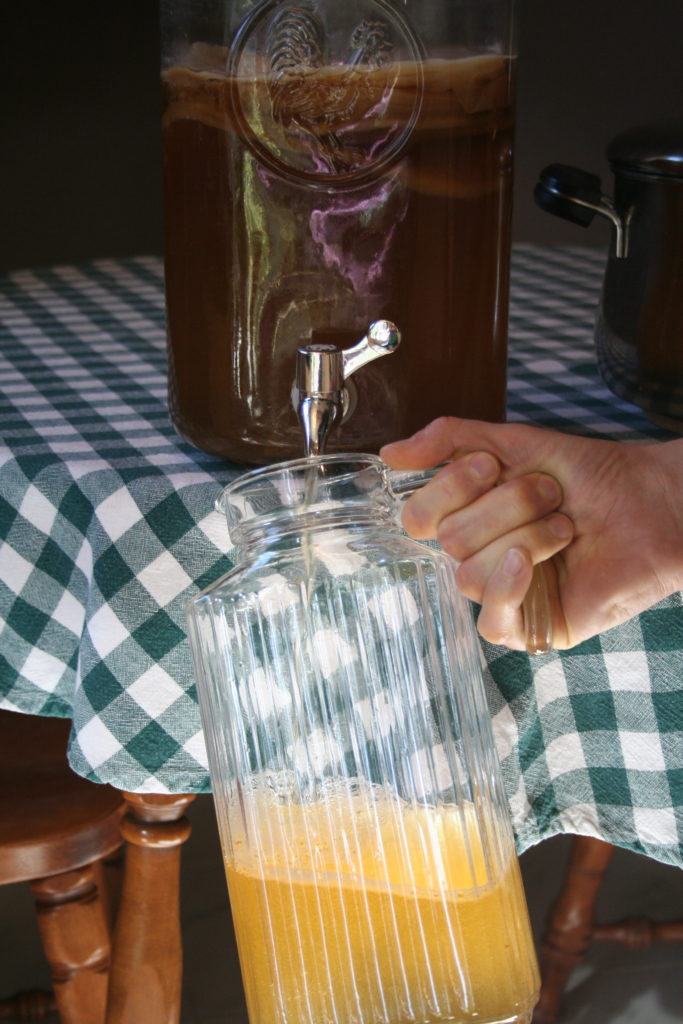
- You have the option to do a 2nd fermentation at this point, but I didn’t like the hassle so I don’t do it. Feel free to google it if you’re interested in a more fizzy beverage!
- Add flavour to your kombucha. My favourites are:
- lemon / ginger
- organic cherries
- mango
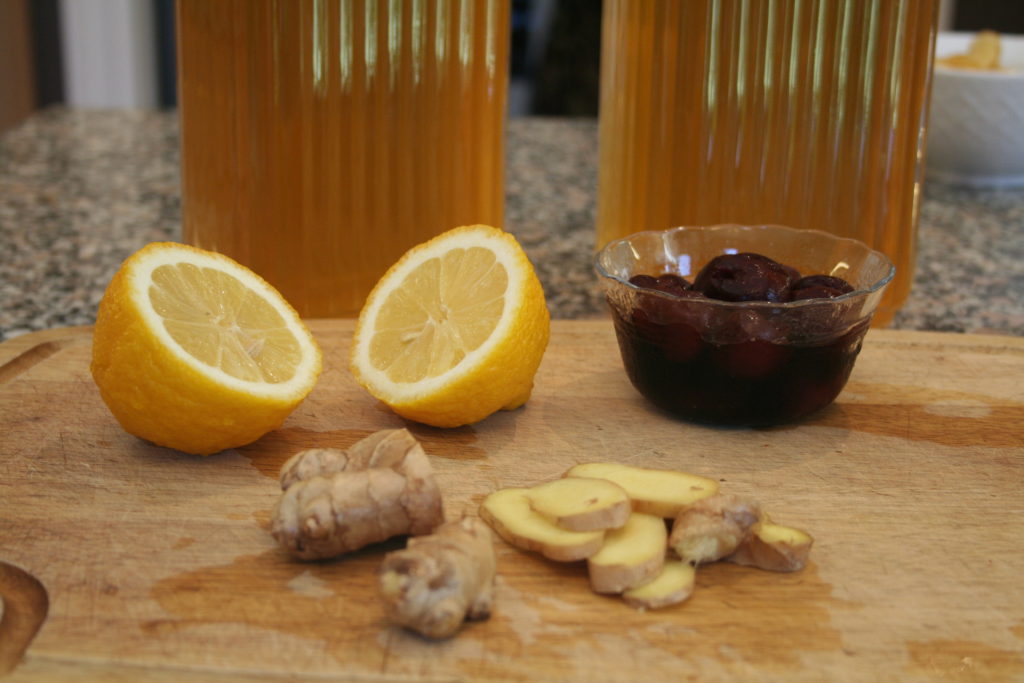
- Store kombucha, with the flavouring in it, in the fridge!
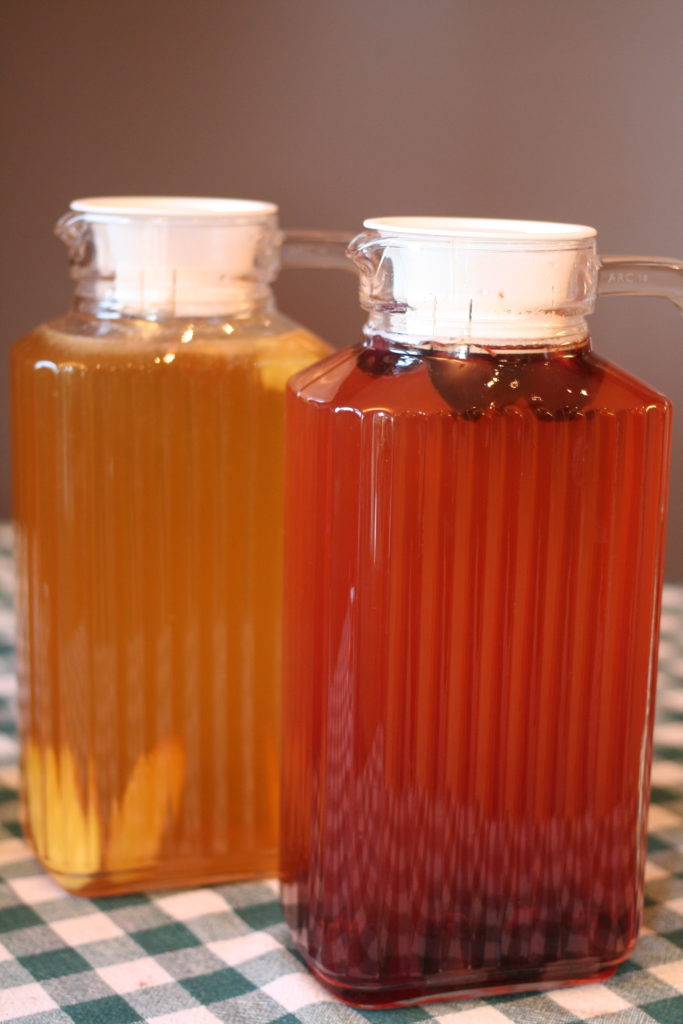
- Meanwhile, repeat Part 1, with the leftover kombucha you retained.
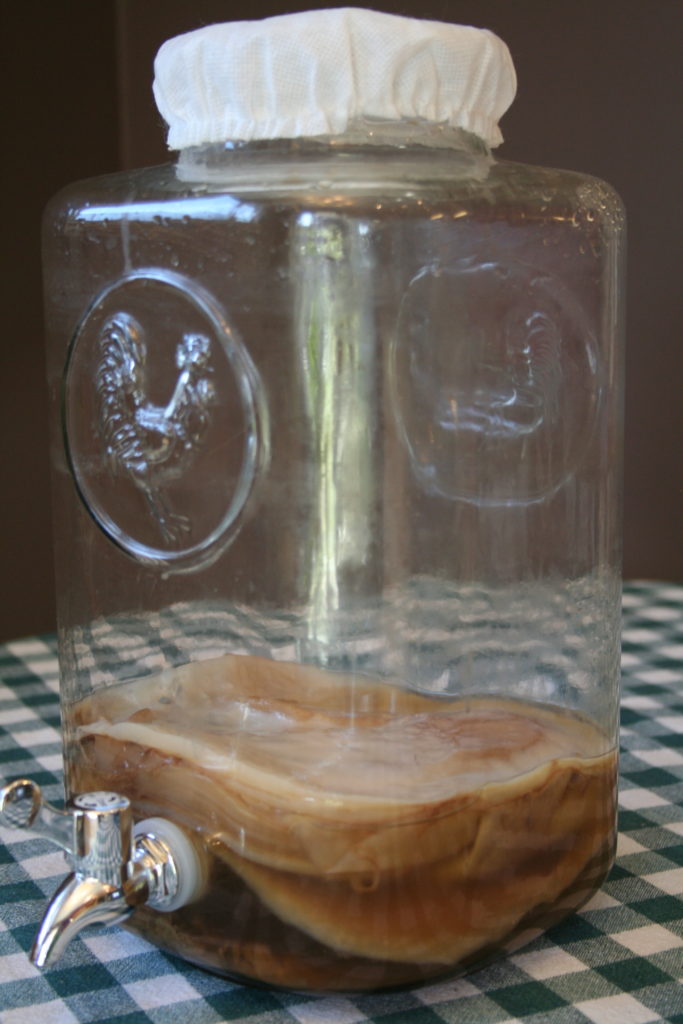
Continual Kombucha
Every other Friday I make a new batch of kombucha. I start with Part 1, but since I have an old batch going, as soon as the new sweet tea is cooled to room temperature, I begin Part 2. I empty out most of the 2 week fermented kombucha into juice jugs with flavouring, leaving the SCOBY and enough kombucha in the bottom for the next batch. Then I pour the cooled sweet tea in and recover. Takes me about 20 minutes (plus a few hours wait time) every 2 weeks.

NOTES:
- Start tasting the kombucha after 1 week to make sure you achieve your desired flavour. The goal is to have most of the sugar gone, so it shouldn’t be super sweet. But it also shouldn’t be vinegary.
- Don’t increase the size of your batch too quickly. I did and it resulted in a mouldy mess because the SCOBY wasn’t big enough to handle the sugar and keep the opportunistic microbes at bay. Start increasing slowly. Start with 1L, then do 1.5L, 2L, 3L etc. I now follow the exact ratio above, but for 4L at a time. It lasts 2 of us 2 weeks – and we each drink abut 4oz a day.
- The SCOBY is a slimy mushroomy looking thing. But it’s not mould. Mould is very different. Here’s a good visual:
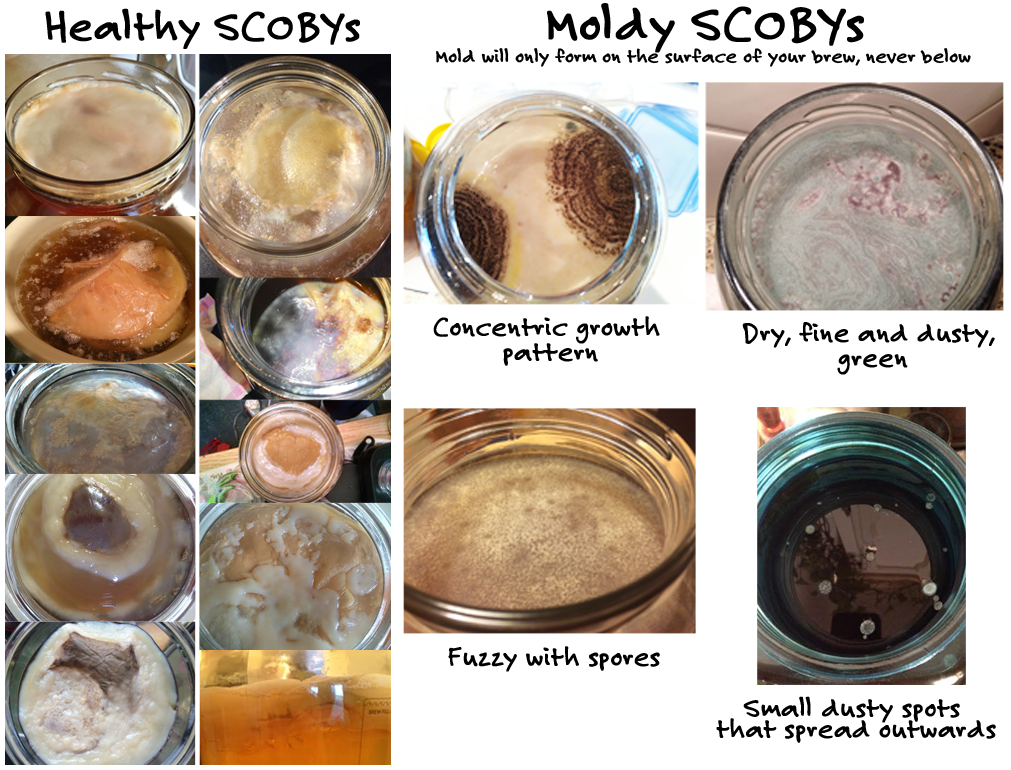
http://www.kombuchabrooklyn.com/blog/kombucha-mold-need-know/ - Your best bet is to get a piece of SCOBY from someone who has one going. Alternatively you can rehydrate one from a company like Cultures for Health. Apparently you can create a SCOBY by following the above process with a bottle of plain, store-bought kombucha too. But I’ve never done it, so you’ll want to google that!
- You need to use sugar cane, not honey. Honey can introduce undesirable bacteria. Most of the sugar gets eaten up by the SCOBY.
- If you let your ‘booch go too long, don’t throw it out. Instead turn it into jello jigglers – just make sure to add honey to combat the vinegary taste!

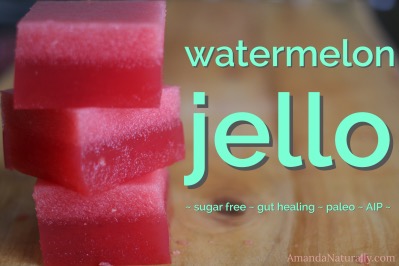 When I was in grade school, we were always allowed to bring in a treat for the whole class on our birthdays. Since my birthday was in June, and it was usually hot out, my mom would always make jello jigglers for me to take! They were always a huge hit because they were delicious, refreshing and fun. Making your own jello jigglers is super simple and can be incredibly healthy, as long as it’s not with the artificially sweetened, food dyed, jello brand.
When I was in grade school, we were always allowed to bring in a treat for the whole class on our birthdays. Since my birthday was in June, and it was usually hot out, my mom would always make jello jigglers for me to take! They were always a huge hit because they were delicious, refreshing and fun. Making your own jello jigglers is super simple and can be incredibly healthy, as long as it’s not with the artificially sweetened, food dyed, jello brand.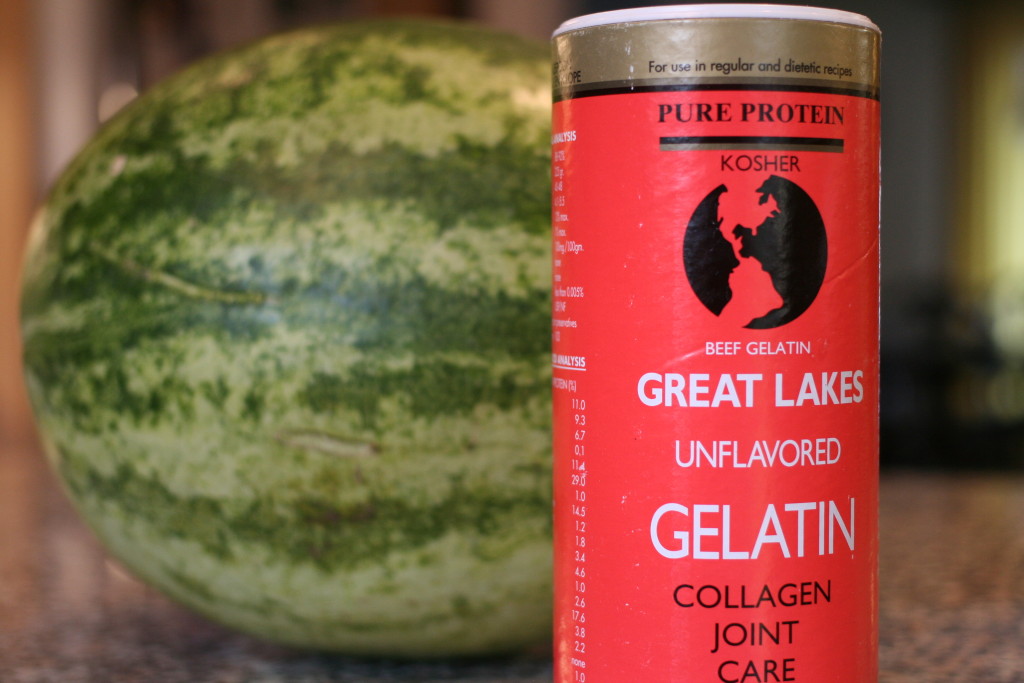
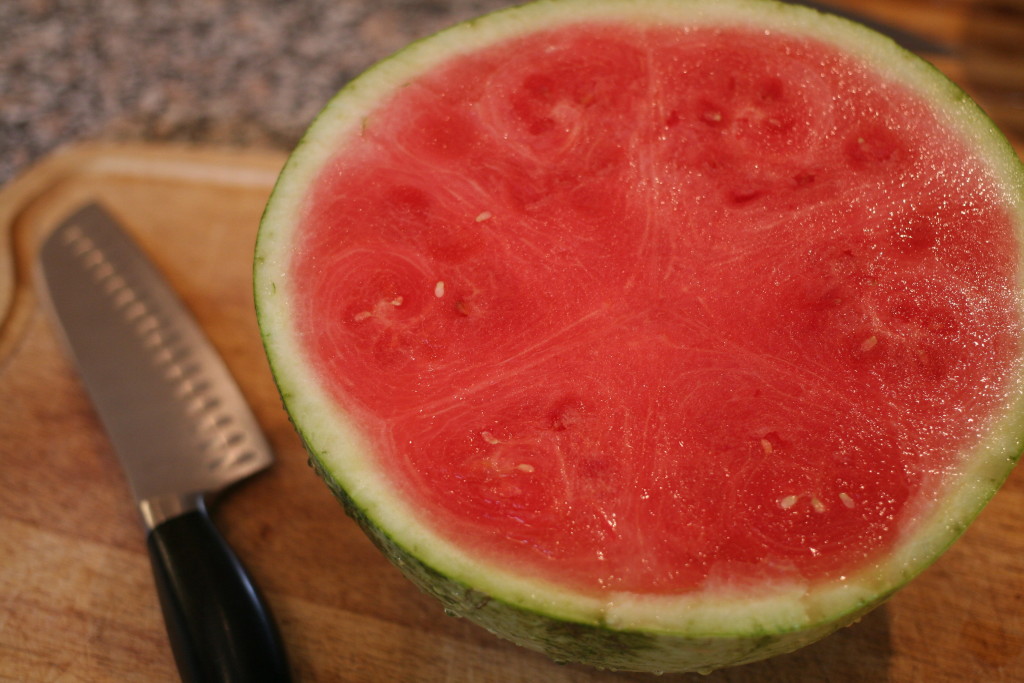
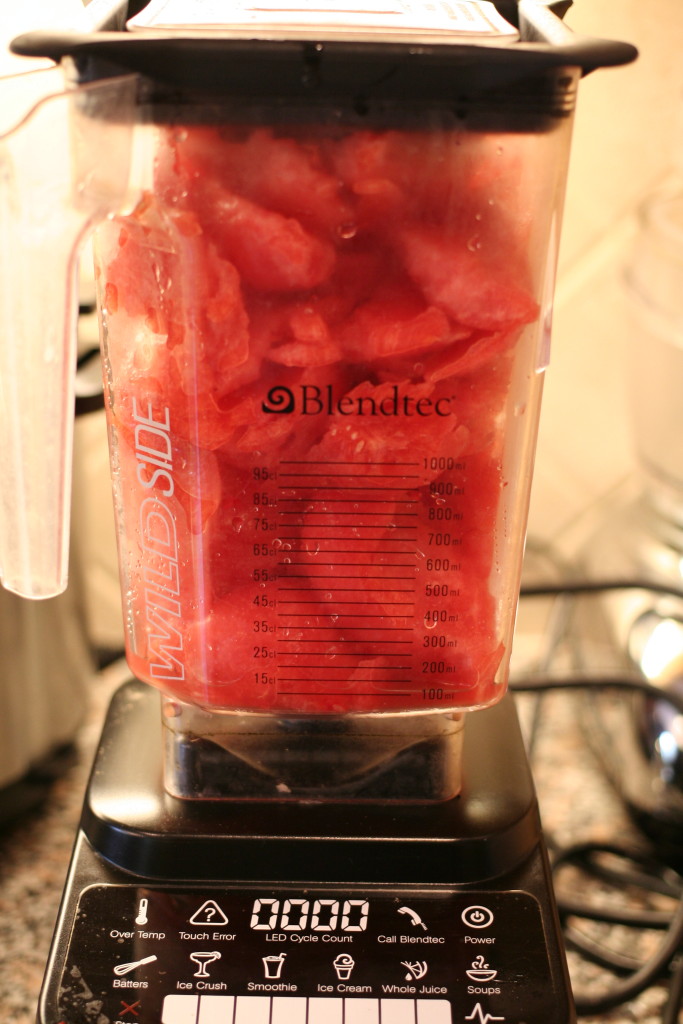 2. Puree in your
2. Puree in your 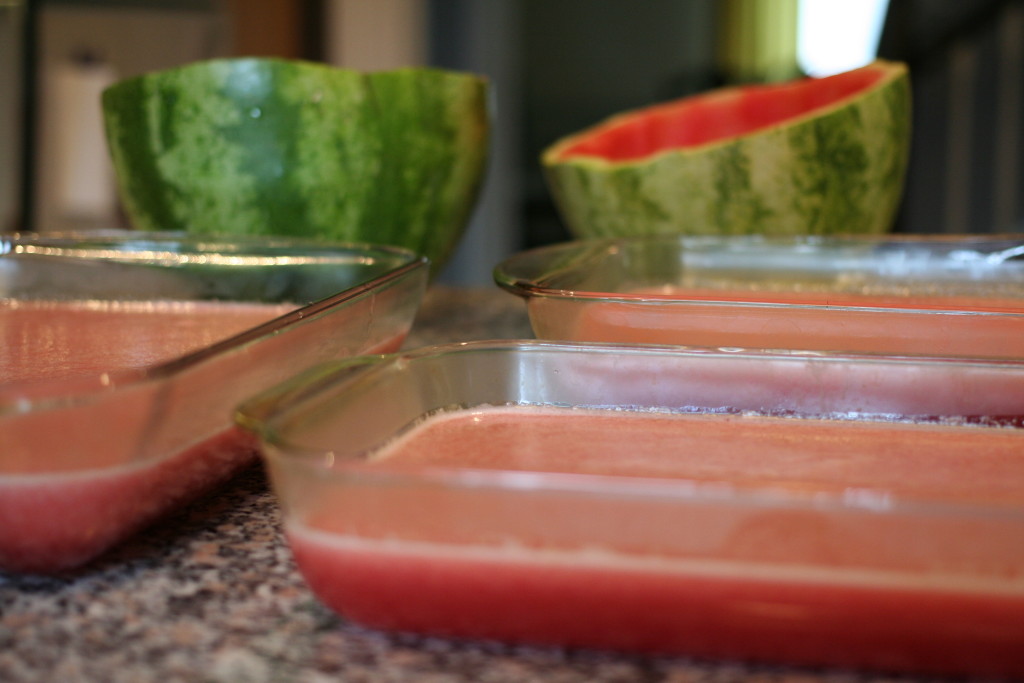
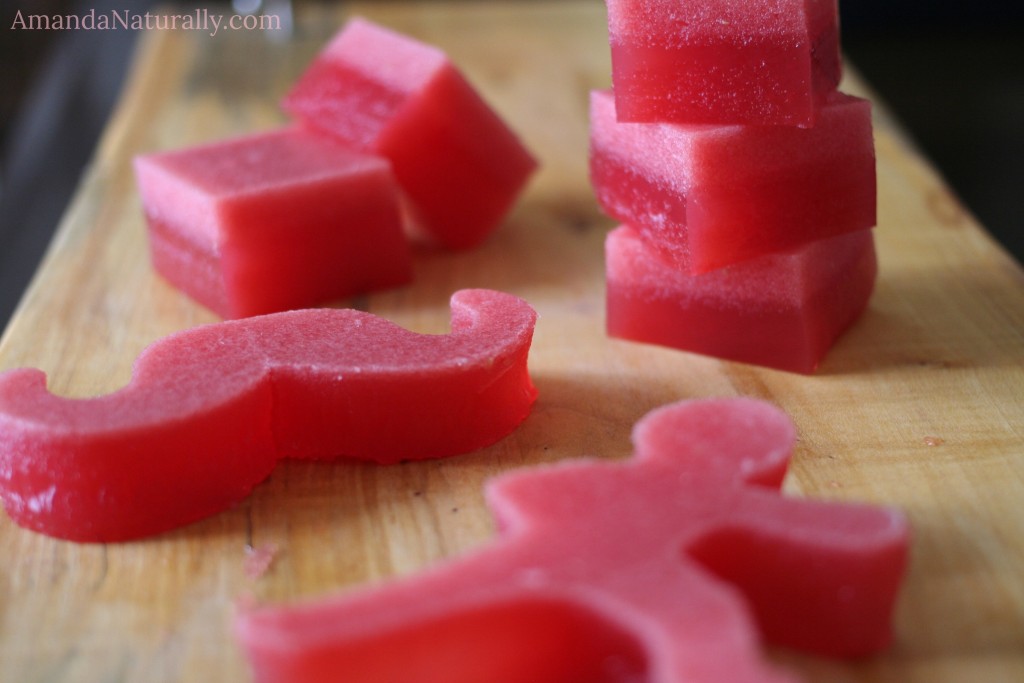
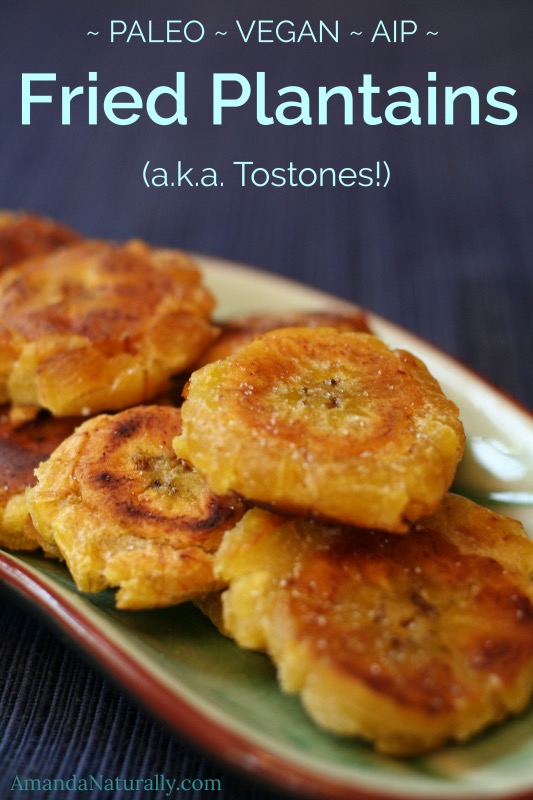
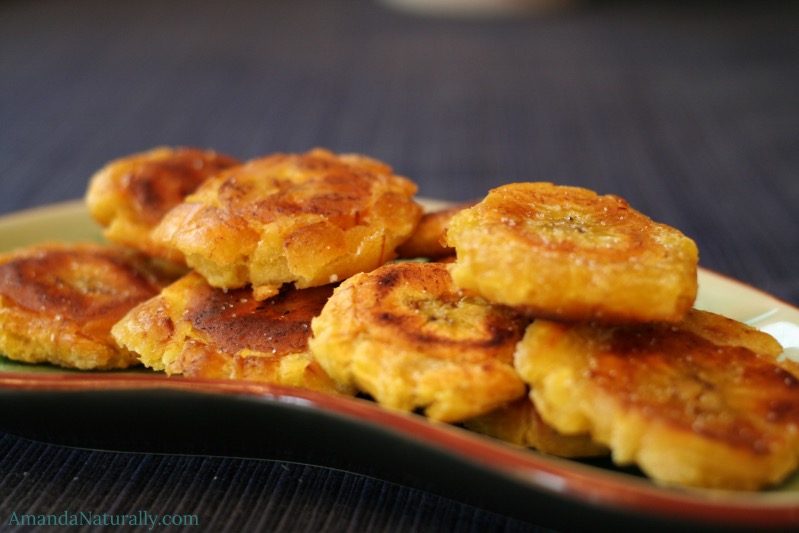





 6. Flip the plantains and cook another 3-4 minutes on the other side.
6. Flip the plantains and cook another 3-4 minutes on the other side. 




